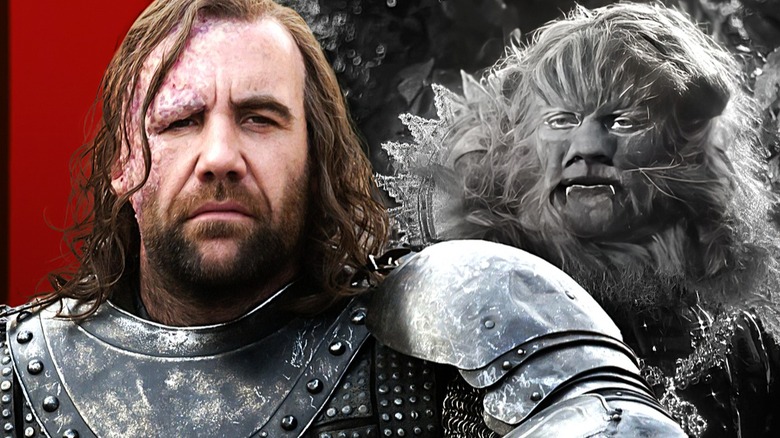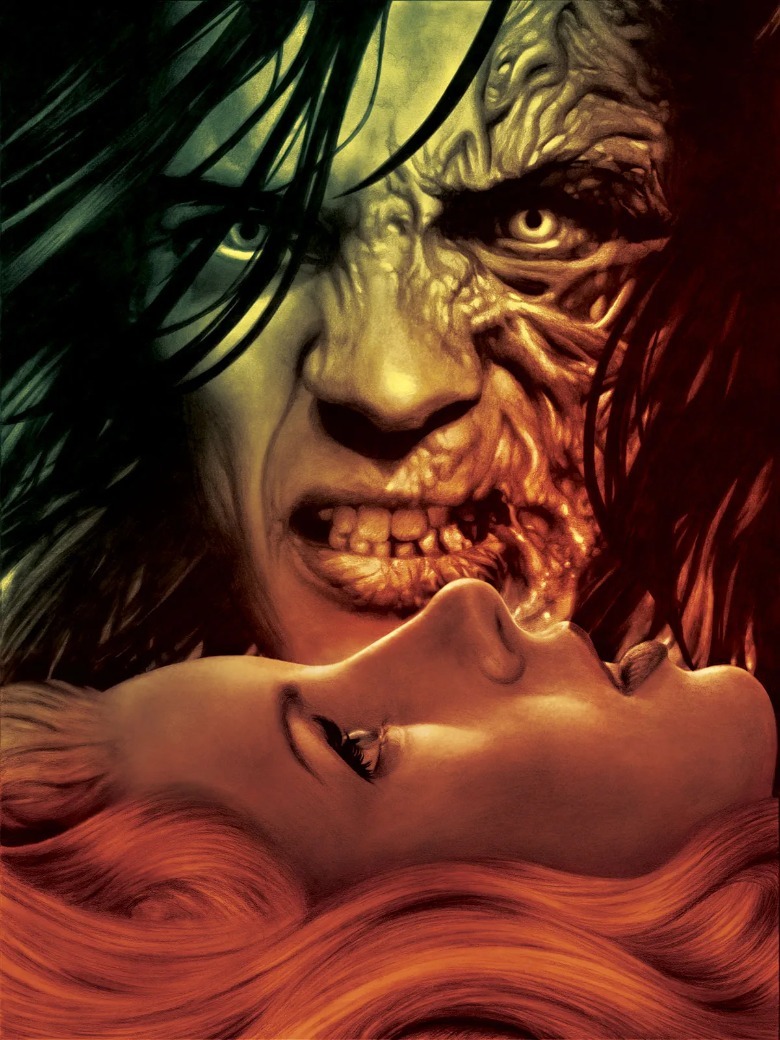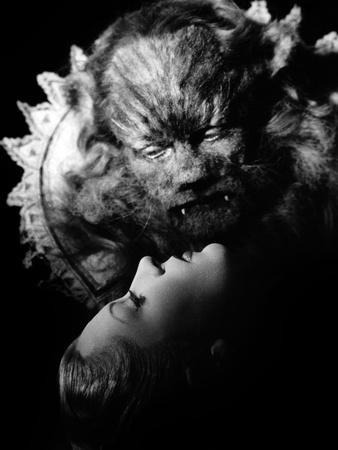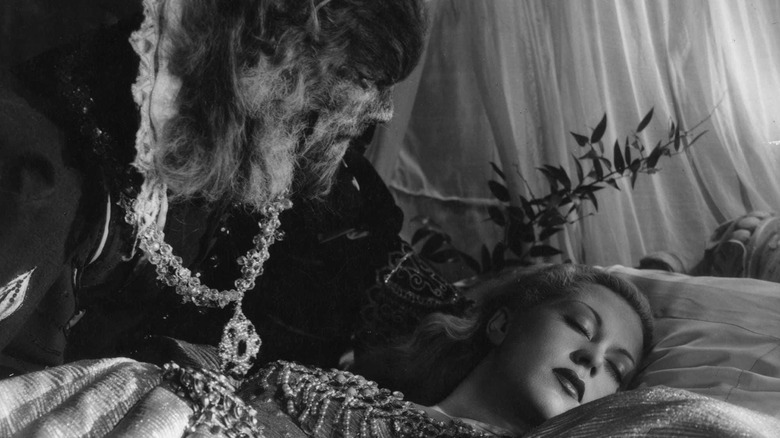One Classic Movie Has Quietly Influenced George R.R. Martin – And Game Of Thrones
No one will confuse "A Song Of Ice and Fire" with an old-fashioned fairy tale. George R. R. Martin, author of the still-incomplete epic, is not shy about admitting his influences, though, and classic fantasy is one of his greatest.
In "A Dance With Dragons," Quentyn Martell's doomed quest to marry Queen Daenerys Targaryen is compared with the tale of the Frog Prince (apparently a bedtime story in both Westeros and our world). This time, a princess' kiss does not make the frog into a romantic hero — Quentyn is kissed only by dragonfire. "The Frog Prince" was first told by the Brothers Grimm in the 1800s, but one can easily draw parallels to an earlier, even more famous French fable: "Beauty and the Beast."
In the 2012 "A Song of Ice and Fire" calendar, artist John Picacio drew 12 drawings of the series' most famous characters. For October, he picked Sansa Stark and Sandor Clegane/The Hound, explicitly labeling the image "Beauty and the Beast."
The composition of Picacio's drawing is based on a promotional image from Jean Cocteau's 1946 "Beauty and the Beast." (In the original French, "La Belle et la Bête.")
Martin was apparently so taken with the art that he hung a black-and-white version in his home. I'm not surprised since "Beauty and the Beast" is clearly an important story to him. During the 1980s, he wrote for the "Beauty and the Beast" TV series starring Linda Hamilton and Ron Perlman. The series reimagined the tale as an urban fantasy procedural set in New York City, following the romance of district attorney Catherine (Hamilton) and the lion-faced Vincent (Perlman) from "The World Below." Martin has confirmed that the Cocteau film was the main inspiration for his "Beauty and the Beast." (Before the animated Disney adaptation, Cocteau's "Beauty and the Beast" was the most famous cinematic version.)
These days, flush from his works' success on HBO, Martin also owns the Jean Cocteau Cinema in his hometown of Santa Fe, New Mexico. The name predates his purchase, granted, but that he left it unchanged shows further respect for the French filmmaker. When the theater first reopened, he kicked off his ownership tenure with a screening of "La Belle et la Bête."
The impact of Beauty and the Beast on George R. R. Martin
Martin said years before "Game of Thrones" that he'd like to see Perlman play Sandor Clegane, especially since he knew the actor could perform through make-up. A sign he was drawing on the character of the Beast to create the Hound, perhaps?
He's also admitted some bafflement about fans who ship Sansa and Sandor, but simultaneously says "there's something there" to the pair's relationship. Sandor teaches Sansa how songs of chivalry and handsome knights are wrong, not just through his own cruelty but through stories of others'. Similar to the Beast, Sandor is ostracized for his looks — although his were not the result of a magic curse, but his sadistic brother Gregor shoving him onto burning coal. But when a character is literally two-faced, it's a sign they're more than they appear (see also: Harvey Dent and Prince Zuko). Sandor is no secret hero, but he does help Sansa survive the viper nest that is King's Landing. At the end of "A Clash of Kings," he offers to help the little bird fly away, but she says no. Cocteau's "Beauty and the Beast" ends with the lovers literally flying away to bliss, but no such ending is possible in this song.
It's not only Sandor and Sansa where Martin's love for this fairy tale comes through. "Game of Thrones" actor Gwendoline Christie has confirmed that, per her conversations with Martin, he wrote Jaime Lannister and her character Brienne of Tarth as a flipped version of the classic dynamic: a homely woman and a beautiful man who grow close. It's still the man who is changed for better by the relationship, but not externally. Rather, Brienne's heroic spirit helps awaken Jaime's internal goodness, reminding him that he once wanted to be as noble as a storybook knight, not just as handsome as one.
While romance is the heart of the "Beauty and the Beast" fable, it's not the only reason people remember Cocteau's film. It's how he brought the fantasy to the screen with impressive camera tricks and special effects (the Beast's leonine make-up still looks good eight decades later). The Beast's castle is a living entity, but not so literally as in the later Disney version. Statues (in truth painted actors) move their eyes, rows of candelabras are held up by human arms, and the castle's doors and furniture can move with their own will or speak in a disembodied voice. Some sights in "A Song of Ice and Fire," like the human-faced Weirwood Trees and the Night Watch's talking Black Gate (glimpsed in "A Storm of Swords") would be right at home in the castle Cocteau built.



